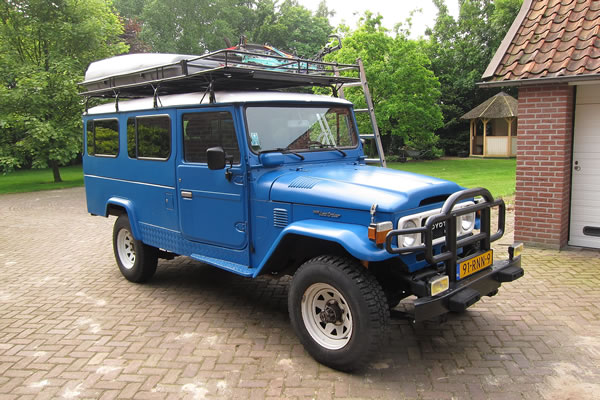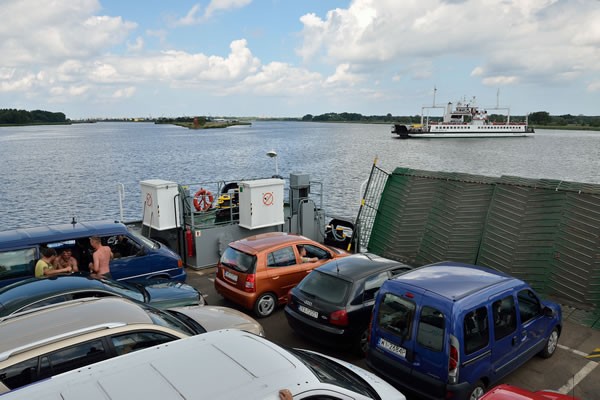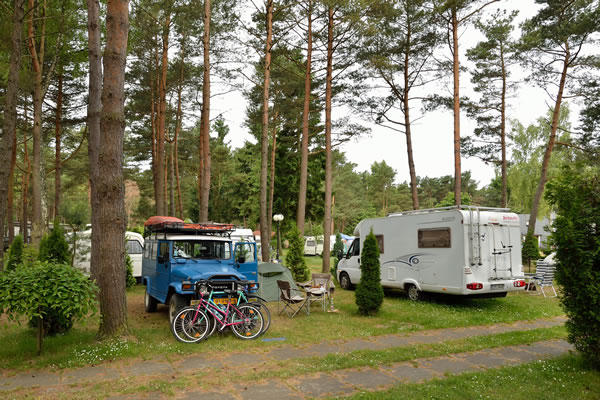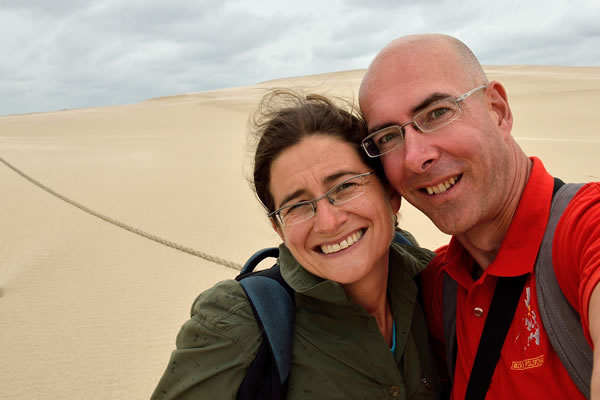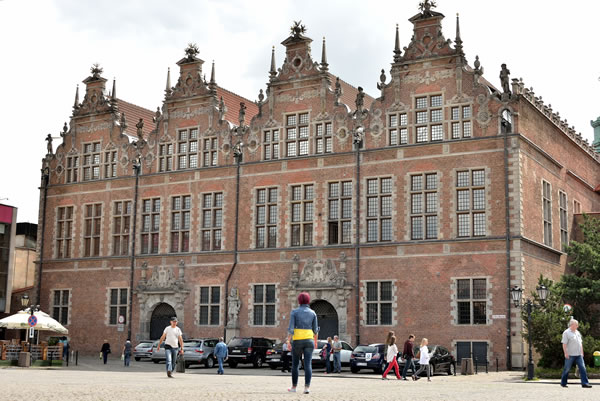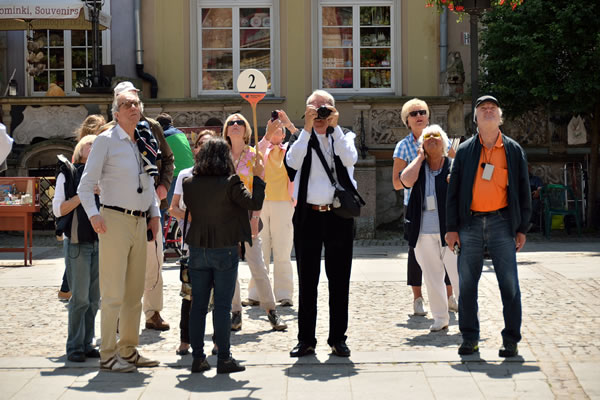|
| With four wheels again |
The Netherlands to Gdansk (Poland), June 2013
|
|
|
|
It was a sunny Sunday at the beginning of June when we started the 3.4 Liter diesel engine of our Land Cruiser. It was time again to hit the road with four wheels. Our first destination was the small town of Fürstenau, just over the border with Germany. Fürstenau is a destination with some minor historical buildings, but we mainly visited the place for the Fürstenau Forest. This forest, located just outside the town and a former military practicing base, is a place where you can test your 4-wheel drive car, and especially your skills. And because of our very limited 4x4 driving experience, this was a logical first step on our travel eastwards (see also our article about Fürstenau).
After we washed the mud from our jeep, we headed further eastwards to a small village called Gartow. This village, in the Elbe River area, is a good place to enjoy the beauty of the Elbe region. But we were not sure if we could make it all the way to the village, because of the ‘high water levels’ at that moment. It was still a catastrophe area because of the fact that high rainfall in combination with the melting water from the Alps, caused extreme high water levels in many of Germany’s rivers. This caused already a lot of problems in several villages and towns in this part of the country, but Gartow still had dry feet. But not many other travelers made it to Gartow. The camping was still open, but the only visitors were we, loads of firemen, volunteers of the Red Cross, and soldiers who were responsible for putting piles of sand bags on the dykes of the Elbe. Officially, all dykes were closed to the public, but we fortunately heard that only on our last evening in Gartow. So we still saw a lot, and were able to bike several of the very quiet Elbe dykes.
|
|
The jeep is ready to go |
| |
We also decided to take some bicycles with us. And we don’t regret that. The bikes make us much more mobile. We can leave our jeep most of the time on the camp ground when we want to explore the area, or visit a supermarket to buy some food. We are on the way now for approximately 4 weeks, and bicycled already 300 kilometers. Not bad, isn’t it? We also biked a lot in Müritz and Jasmund National Parks. The bikes we have are mountain bikes, so the paths must be very steep or slippery to scare us away.
We experienced the northern part of Germany as a destination for the older tourists. Many typical tourist destinations cater mainly to old people, and the camp grounds are full with luxurious camper vans and caravans. Especially German and Dutch pensioners like to travel this way. These houses on wheels are nowadays equipped with the handiest tools, like air conditioners, microwave ovens, water cookers and satellite TV’s. And we were astonished to see that moving a caravan by hand to get the proper position on the camping spot, isn’t necessary anymore. Most caravans are equipped with a motorized caravan mover installation, with remote control! The ‘old way’ camping has almost completely disappeared. We were a rarity with our tent. For some reason young people don’t like camping anymore. And that’s a pity.
|
|
Our first stop ... still in The Netherlands |
| |
| But there is also good news. If you still fancy the traditional way of camping, come to Poland. These people use the camping equipment that isn’t good enough anymore in Western Europe. Many old caravans and are exported to Poland, and the Polish people still like sleeping in a tent. That means that Polish camp sites are still fun. People do not go into their camper vans and caravans early in the evening to watch their favorite program on satellite TV. Nope, Polish people like to sit in front of their caravan or tent, to BBQ and to drink a lot; especially beer. Our first acquaintance with Poland was the small beach resort town Miedzyzdroje. And that is Polish beach culture in optima forma (see also our article about Miedzyzdroje).
We drove further eastwards to the Slowinski National Park. The park is located close to the beach resort town Leba. That means that the national park is not only visited by nature lovers, but also by day tripping beach people. And that is understandable, because Sowinski NP is a special park. You won’t only find forests, lakes and some wild creatures, but also walking dunes. The wind blows beach sand land inwards on huge sand dunes. And slowly, these dunes are ‘walking’ further away from the beach, absorbing the forest meter by meter (see also our article about the walking dunes).
After visiting a couple of national parks, it was time again to visit some bricks. Our destination was the city Gdansk, on the north coast of Poland. Gdansk is especially famous because of Lech Walesa who led a revolt in the 80s on the local Lenin shipyard. He was the leader of thousands of shipyard workers who decided to strike for more freedoms and better working conditions. It eventually led to the fall of the communist regime in Poland. This made Gdansk world famous. But Gdansk is much more than just an important chapter in modern history. It was a beautiful trading city who played an important role in the development of the area, but was completed destroyed by bombings at the end of WWII. But the good news is that the old city is completely rebuilt, in a beautiful way. We have to admit that the city is a touristy place, but these travelers won’t come for a reason. Gdansk undoubtedly was, and still is a gem (see also our photo impression about Gdansk).
|
|
A ferry to cross a river in Poland |
|
Our camp site spot in Leba (Poland) |
|
A windy day on the beach in Slowinski NP |
|
The Great Arsenal in Gdansk |
|
... and a lot of tourists |
| |
|
| <Previous weblog> |
|
| |
|
